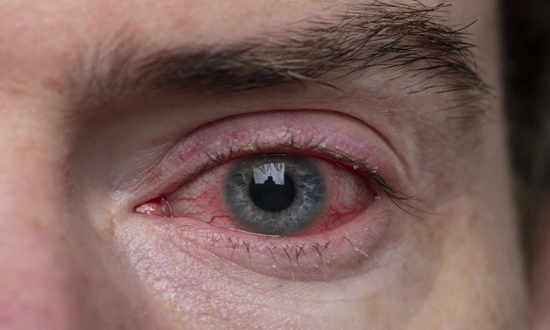An Interview with Dr. Gholipour on Smart Bilayer Eye Dressings
Advancements in Corneal Wound Healing

An Interview with Dr. Mazaher Gholipour on Smart Bilayer Eye Dressings in Corneal Repair
Corneal wound healing remains a significant challenge in ophthalmology, particularly for injuries caused by burns. A research team led by Dr. Mazaher Gholipour Malekabadi at Iran University of Medical Sciences has made groundbreaking advancements in this area through the development of a nanotechnology-based bilayer wound dressing. This innovative dressing features controlled drug delivery capabilities aimed at reconstructing corneal structure and reducing the reliance on frequent medication drops.
Importance of the Cornea in Vision
The cornea, as the transparent outer layer of the eye, is crucial for maintaining vision. Damage to this delicate tissue can severely impact visual quality and overall eye health. Despite advances in medical science, effectively treating corneal wounds, especially those resulting from burns, continues to pose significant challenges.
Research Overview
Dr. Gholipour Malekabadi's research focuses on the "Design, Fabrication, and Characterization of a Bilayer Wound Dressing with a Core-Shell Micro/Nanofiber Structure and Controlled Drug Delivery Capability for Treating Corneal Wounds." This project aims to address the limitations of current treatments, such as amniotic membranes, which often lack mechanical strength and targeted drug delivery.
Key Features of the Innovative Dressing
- Structure: The bilayer design incorporates a core-shell micro/nanofiber structure that provides an optimal environment for cell regeneration.
- Drug Delivery: The dressing utilizes a controlled drug delivery system, mitigating the need for continuous eye drop administration.
- Research Methodology: Initial laboratory tests were conducted to evaluate the dressing's efficacy on relevant cells, followed by in vivo studies on New Zealand rabbits with corneal burn wounds.
Future Prospects and Applications
Dr. Gholipour Malekabadi anticipates that this two-layer scaffold will significantly enhance the repair of corneal burn wounds, particularly in cases of chemical burns. The research not only promises to improve patient outcomes but also serves as a foundation for future investigations in corneal tissue engineering.
Call for Support
Dr. Gholipour Malekabadi emphasizes the need for financial backing and enhanced collaboration between academia and industry to further develop such innovative medical products. Strengthening research activities through international cooperation and supporting entrepreneurship in the field are crucial for translating scientific advances into clinical applications.
Conclusion
With over a decade of experience in medical product development, Dr. Gholipour Malekabadi's team is poised to introduce new technologies to healthcare settings within the next two years, aiming to address pressing medical needs and improve patient care in ophthalmology.


comment